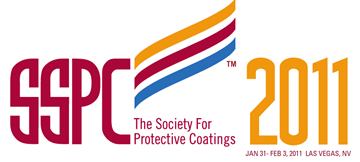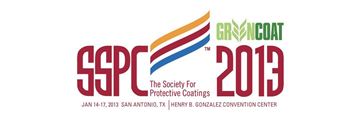Search
Slip Coefficient and Tension Creep Testing of Coatings Used in Slip‐Critical Bolted Connections
Also Purchased
Advances in Mechanical Surface Preparation
Product Number:
41211-587-SG
Publication Date:
2011
$20.00
Standard of Care’ for Coatings Inspection
Product Number:
41213-728-SG
Publication Date:
2013
$20.00
(Concrete) Choosing the Correct Technology for Lining Concrete
Product Number:
36-COAT_DEC21
Publication Date:
2021
$20.00




